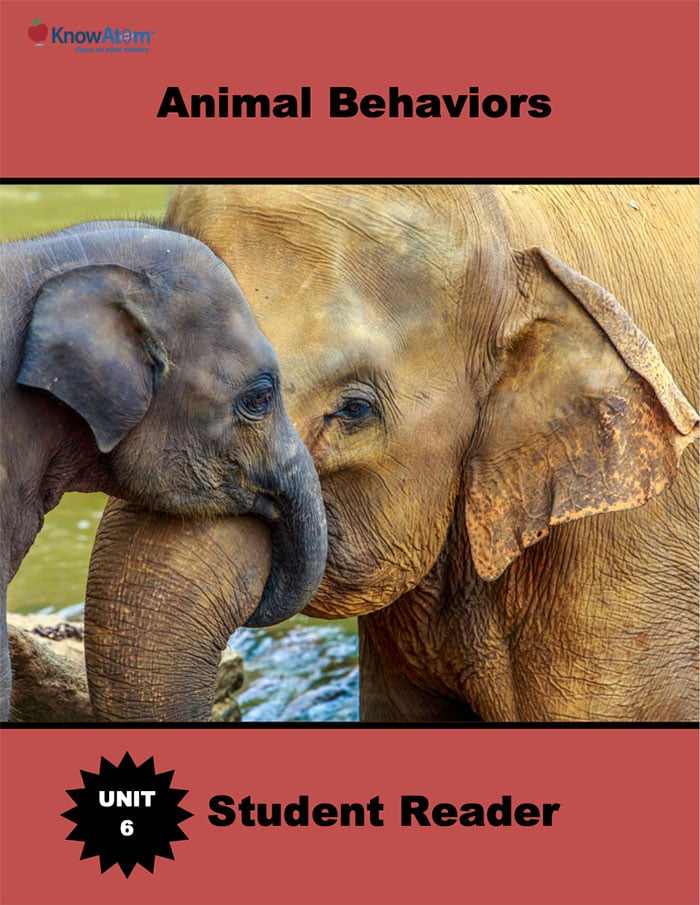
In this unit, students explore the science phenomena of animal behaviors of parents and offspring that help the offspring survive. This page is a high-level extract of lesson two in which students mimic the beaver’s behavior of building dams to design their own dams that solve the problem of flooding.
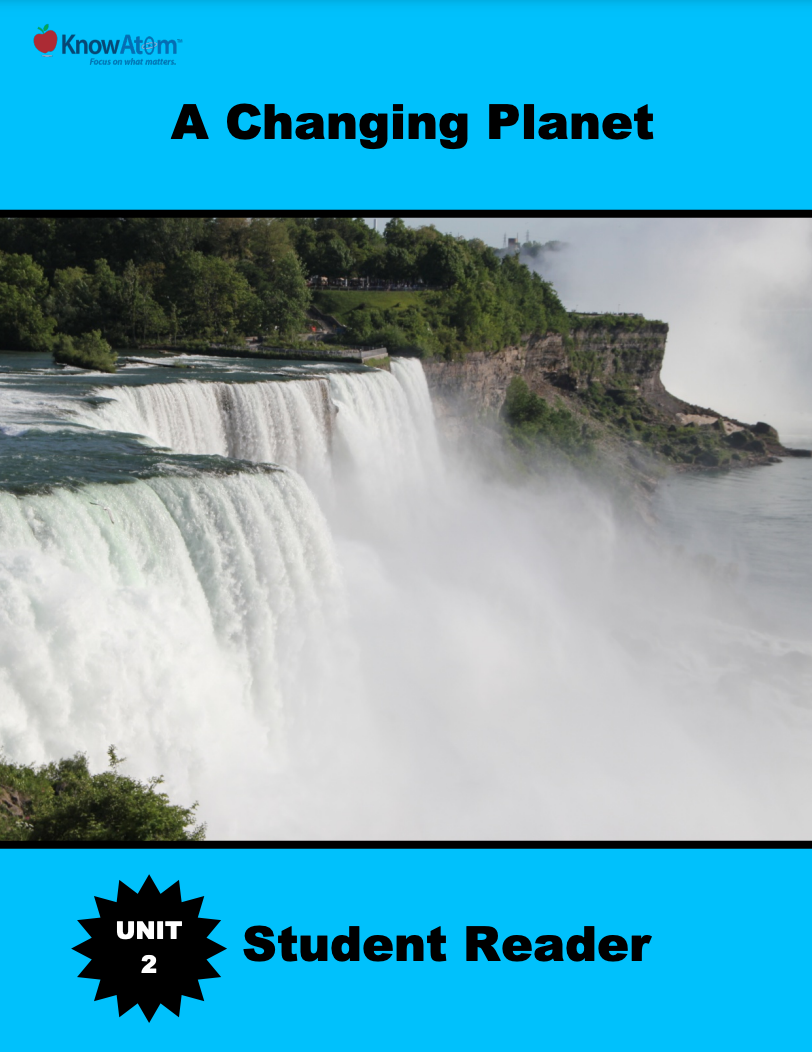
In the last unit, students explored the properties of different kinds of matter, connecting a material’s properties with the functions for which it is used. In this unit, students focus on Earth materials and the science phenomena of processes that change them (specifically weathering and erosion).
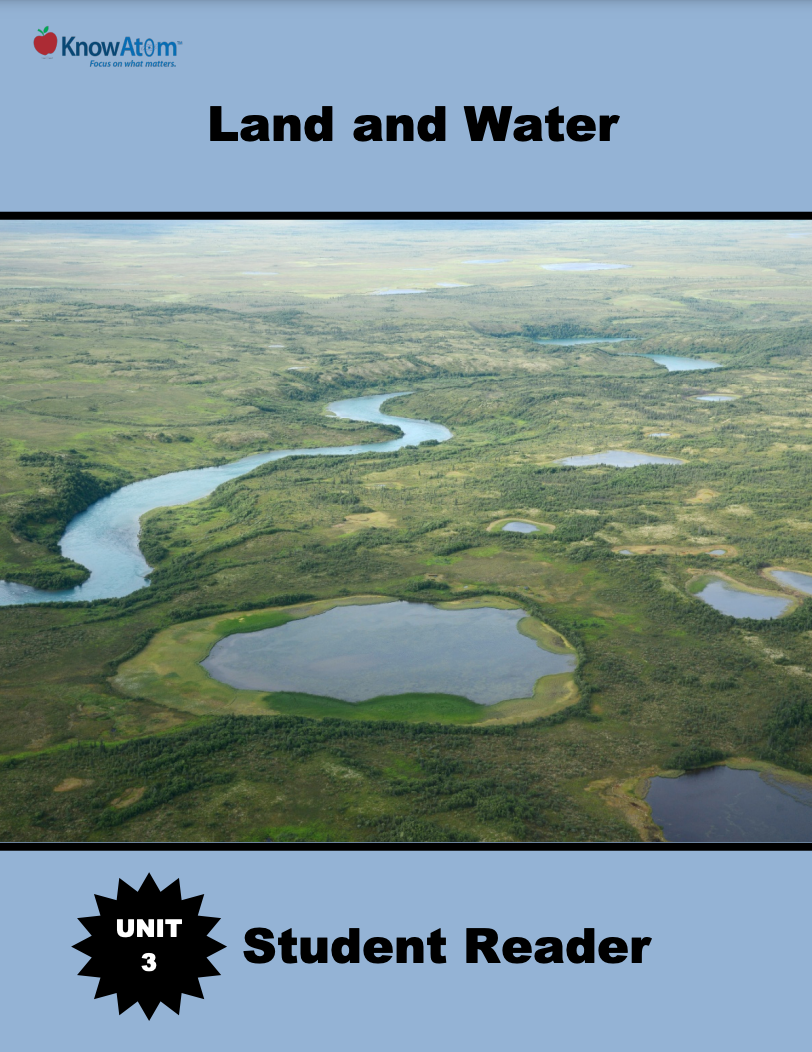
In the last unit, students explored how weathering and erosion change Earth materials, and then designed an engineering solution that reduces erosion. In this unit, students are introduced to the science phenomena of landforms on Earth’s surface, exploring how scientists use maps to represent the shapes and kinds of land and water on Earth’s surface.
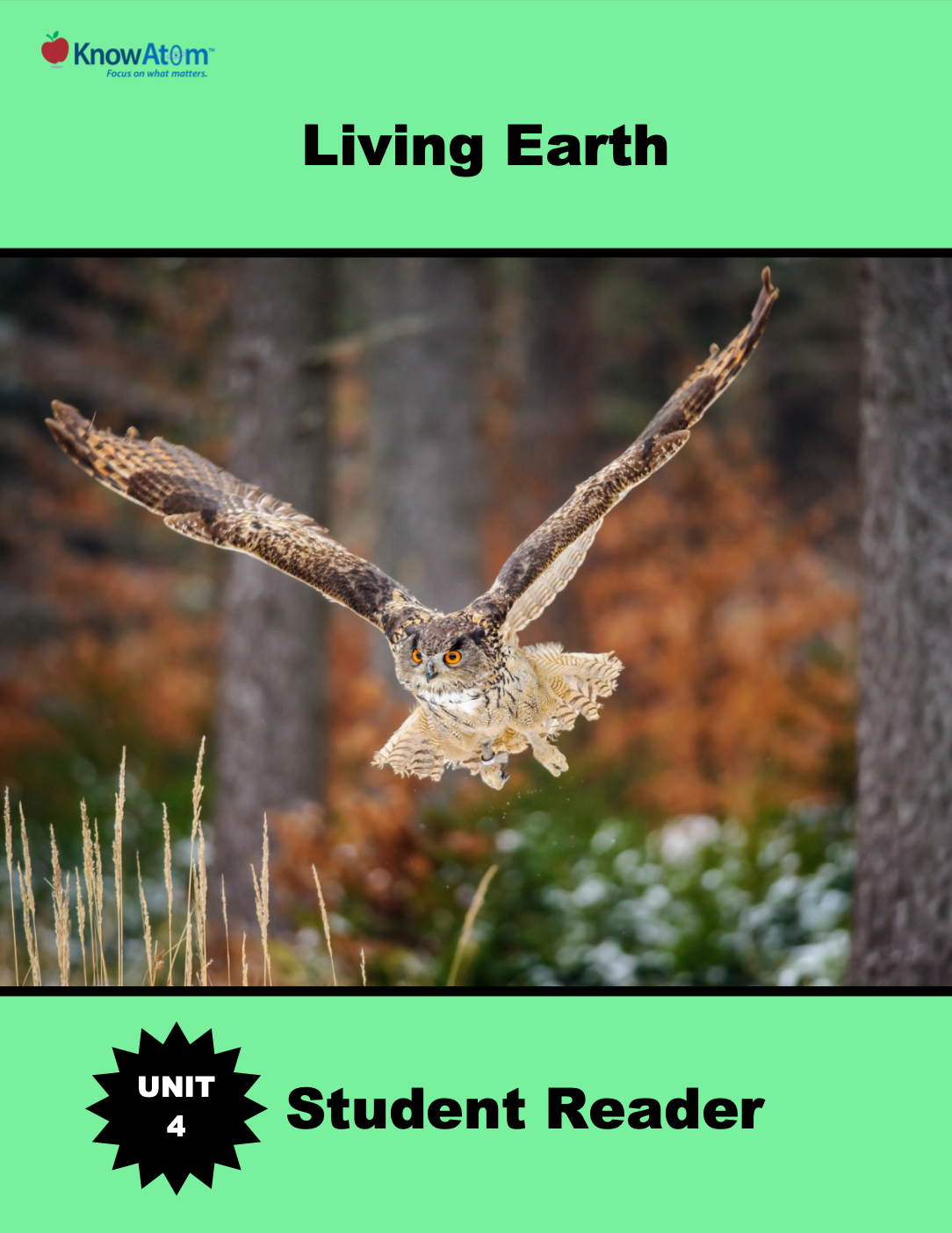
In the last unit, students explored patterns in land and water on Earth. They build on that knowledge in this unit with a focus on how living things are found in different habitats around the planet, and how living things depend on both living and nonliving components of their environment for survival.
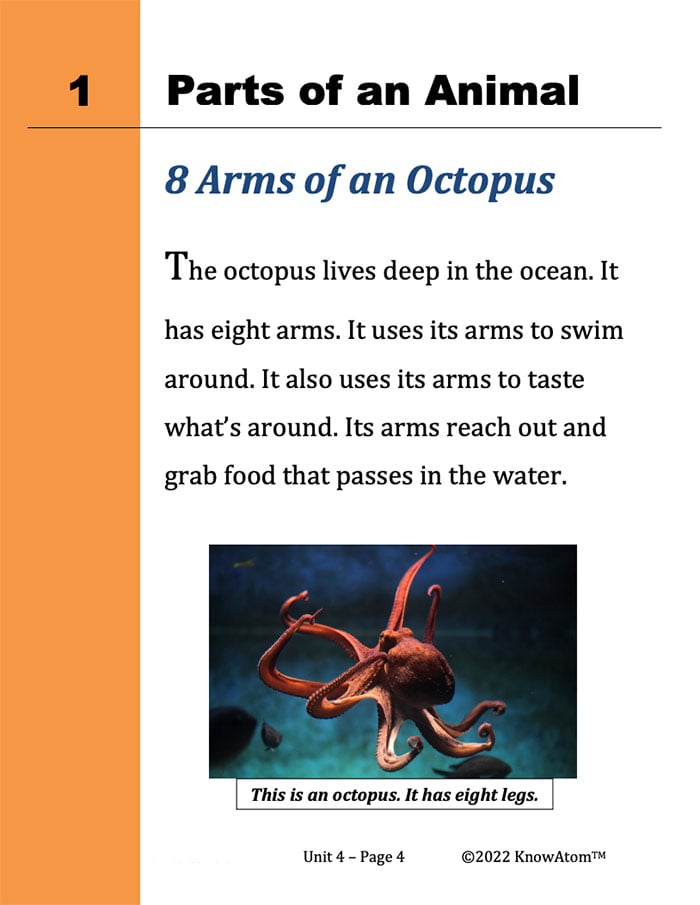
Once students have modeled the science phenomena of insects’ body parts, they then focus on one kind of insect: the ant. They conduct an experiment to test the taste preference of harvester ants, and observe how ants use their different body parts to get food, communicate with one another, and carry out other life functions.
Standards citation: NGSS Lead States. 2013. Next Generation Science Standards: For States, By States. Washington, DC: The National Academies Press. Neither WestEd nor the lead states and partners that developed the Next Generation Science Standards were involved in the production of this product, and do not endorse it.